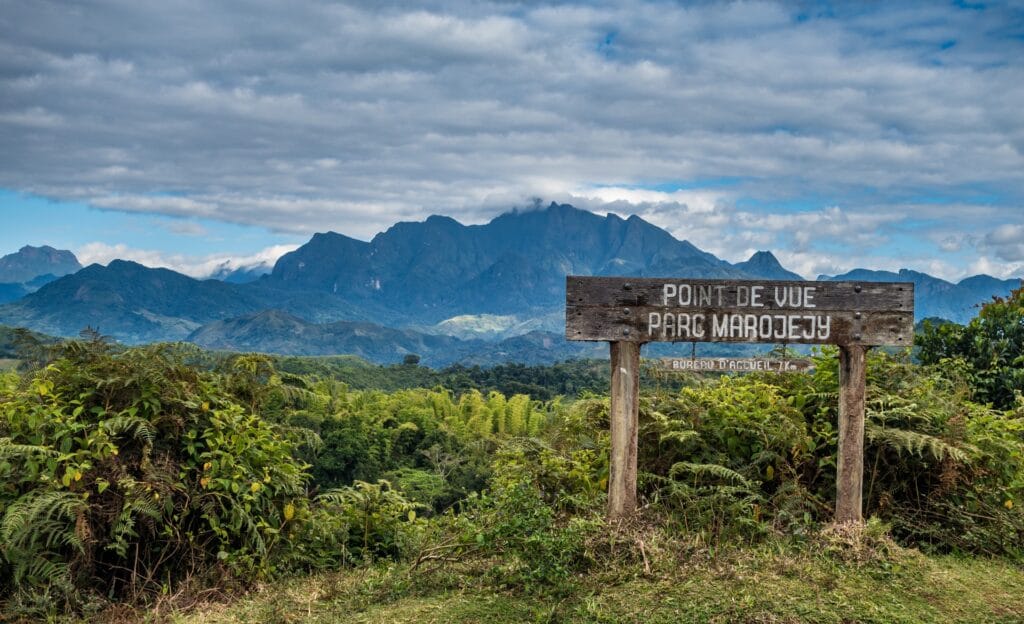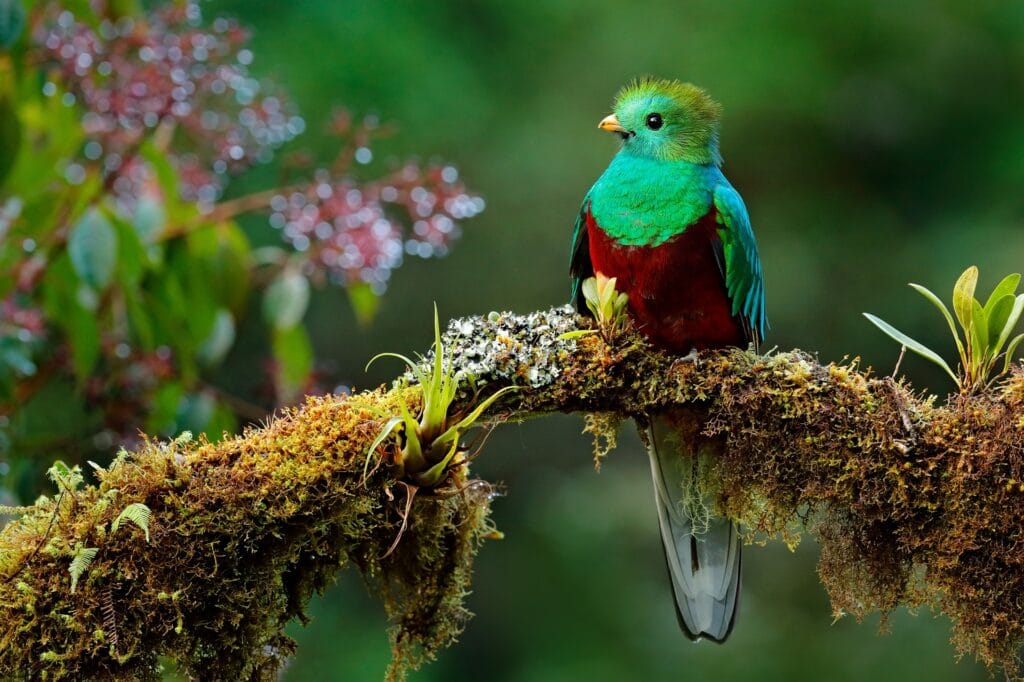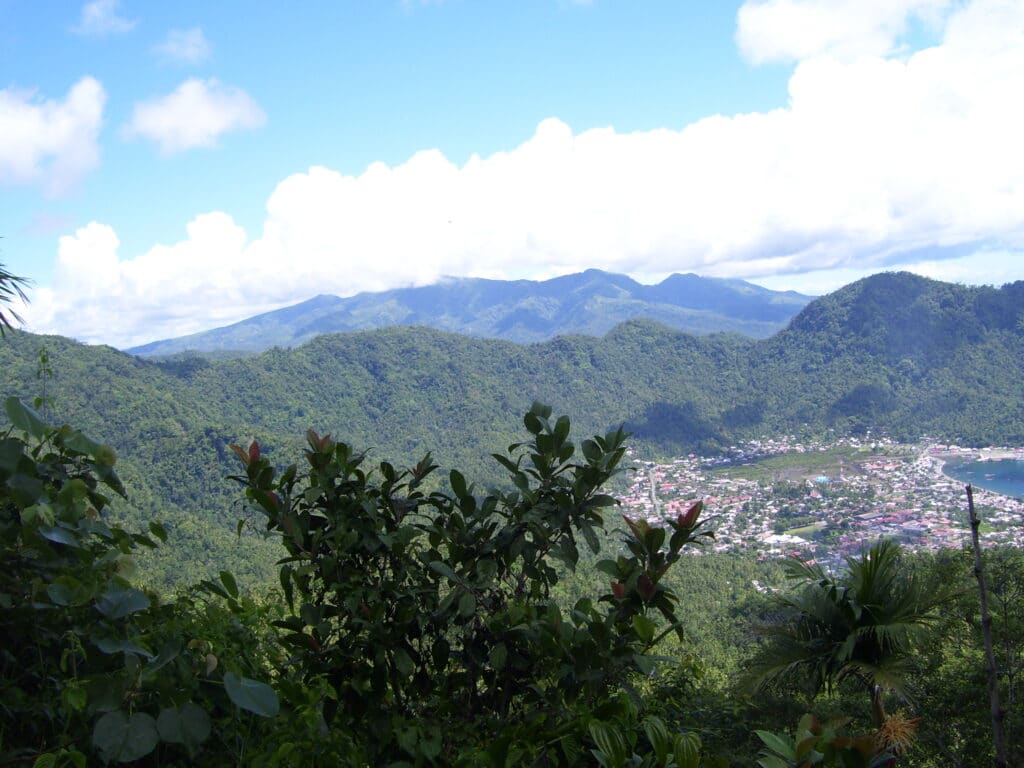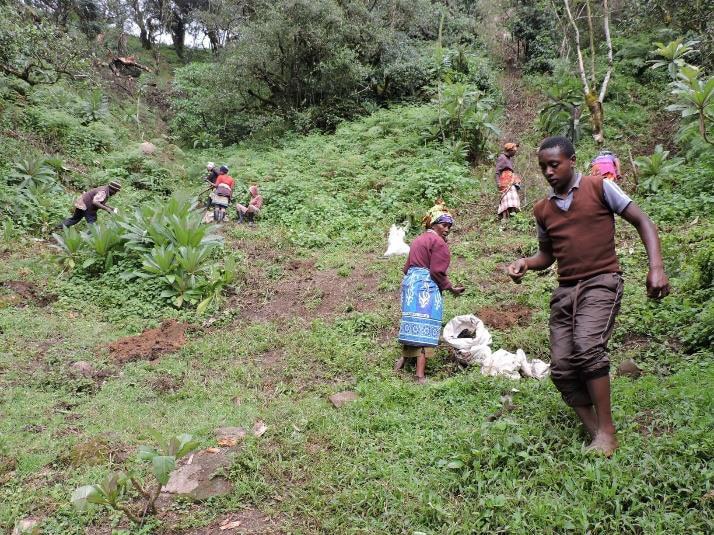Making a home for nature

Nature is all around us, whether we are exploring a rainforest or walking through a populated town, but some areas are much richer in biodiversity than others. Designating sites based on their conservation importance makes it easier to identify where best to focus our efforts.
Amid the environmental crisis, the list of threatened species and habitats around the globe appears to be endless. Unfortunately, conservationists don’t have unlimited funding and resources at their disposal, so how do they decide which locations are most deserving? This is a big question, and a lot depends on it being answered correctly, as no one wants to waste precious time and resources.
With this in mind, in 1979 BirdLife launched the concept of Important Bird Areas (IBAs) – later redefined as Important Bird and Biodiversity Areas – with the intent to identify sites that are most important for birds in order to secure their long-term conservation. To be designated as an IBA, the site must be home to at least one globally threatened species, or be one of the only sites where a particular species can be found, among other considerations.
To date, BirdLife has documented over 13,000 IBAs, on land and at sea, in over 200 countries and territories. This comprehensive list of sites makes it easier to decide where to focus conservation action and advocacy. In 2013, BirdLife expanded on this work with the launch of the IBAs in Danger initiative: a list of the most threatened IBAs around the world where action should be prioritised. As of last year, 277 sites across 48 countries are in danger, with agriculture, deforestation, fires, hunting and invasive species identified as the main threats.
The BirdLife Partnership is hard at work to protect IBAs, with activities ranging from monitoring and restoration to safeguarding and raising awareness. The concept has already resulted in legally binding protection for over 2,000 IBAs and the formation of over 4,000 Local Conservation Groups which monitor, manage and protect their IBAs. As well as protecting individual sites, we also co-ordinate the actions of multiple partners, creating a connected network of habitats for birds to move between. This is particularly vital for migratory birds, which require linked chains of safe habitat on every step of their arduous journeys.
by Danielle Shaw
Above: Marojejy National Park, Madagascar is an Important Bird & Biodiversity Area. Photo © David Gonzalez Rebollo / Shutterstock

Although protecting birds and their habitats was the initial aim, this work has also benefitted other species which call these sites home, and enhanced the livelihoods of local communities. By conserving sites, local people benefit from the practical services that nature provides, such as clean water or food production, as well as the mental health and wellbeing benefits that come with beautiful natural surroundings. In addition, BirdLife offers training to local communities, improving their knowledge of nature conservation and enabling them to play a role in the running of their local IBAs.
BirdLife’s work on IBAs has been so successful in influencing governments, conservation organisations and others that it inspired another conservation designation, Key Biodiversity Areas (KBAs). KBAs extend the IBA concept beyond birds to all life on Earth. These areas can be thought of as the most important places in the world for species and their habitats, and act as a blueprint of where to focus collaborative efforts.
A Key Biodiversity Areas Partnership made up of 13 global conservation organisations, including BirdLife, is leading the effort to identify places critical for the survival of unique plants and animals. So far, there are over 16,000 KBAs, making up an area of over 21 million square kilometres in the database, managed by BirdLife and freely available, which provides the site’s location, its boundaries, and the species and biodiversity within it.
The IBA and KBA data not only ensure that conservation efforts are carried out where they can make the most impact, but also guide decision makers on how to manage land, for example where to avoid development or agricultural expansion. By continuing to identify and conserve the most important areas for wildlife around the world, we can halt and reverse the loss of nature to guarantee a better future for people and the planet.
IBA factfile: Gunung Sahendaruman, Sangihe Island, Indonesia

This IBA is home to four Critically Endangered endemic bird species: Sangihe Whistler, Sangihe Golden Bulbul, Sangihe White-eye and Cerulean Flycatcher, as well as many other threatened species. The area is in danger due to deforestation for agriculture, timber and the extraction of other forest products.
Burung Indonesia (BirdLife Partner) has been working in this IBA for the past 20 years. It has pioneered the development of Village Resources Management Agreements (VRMAs) in several villages. These are agreements on resource use, set up between villages and local governments to help maintain natural forest cover for the benefit of people and biodiversity. In future, with support from BirdLife’s Preventing Extinctions Programme, Burung Indonesia is expanding the VRMA network to cover additional important areas of forest, as well as identifying areas for forest regeneration.
IBA factfile: Taita Hills Forest, Kenya

The Taita Hills are home to several globally threatened bird species found nowhere else on Earth, but the area is in danger from human activities such as fuelwood and timber extraction. Nature Kenya (BirdLife Partner), along with local communities and other conservation groups, has been at the forefront of championing the conservation of this critical site. The area of protected forest has been expanded by purchasing land to establish forest reserves, and local communities have been mobilised in forest restoration work such as tree planting. Current action plans to protect the IBA are now supported by official policy frameworks.
Stay up to date
Sign up to receive the latest bird conservation news. You’ll also receive updates about our projects, science and other ways to get involved including fundraising.
Thank you for your support, we are committed to protecting your personal information and privacy. For more information on how we use your data, please see our Privacy Policy. You can unsubscribe from emails at any time by using the link in the footer of any email from us.

